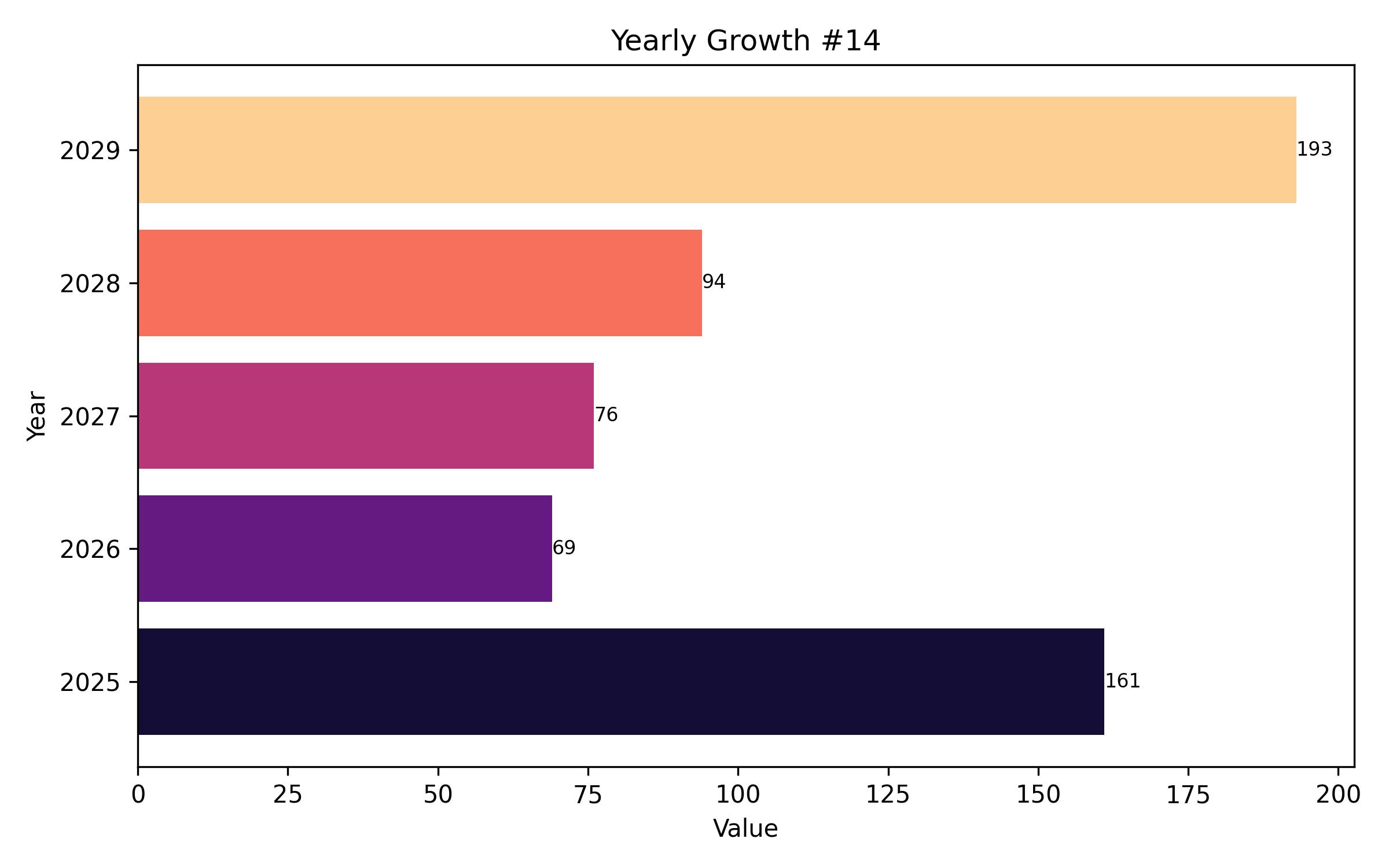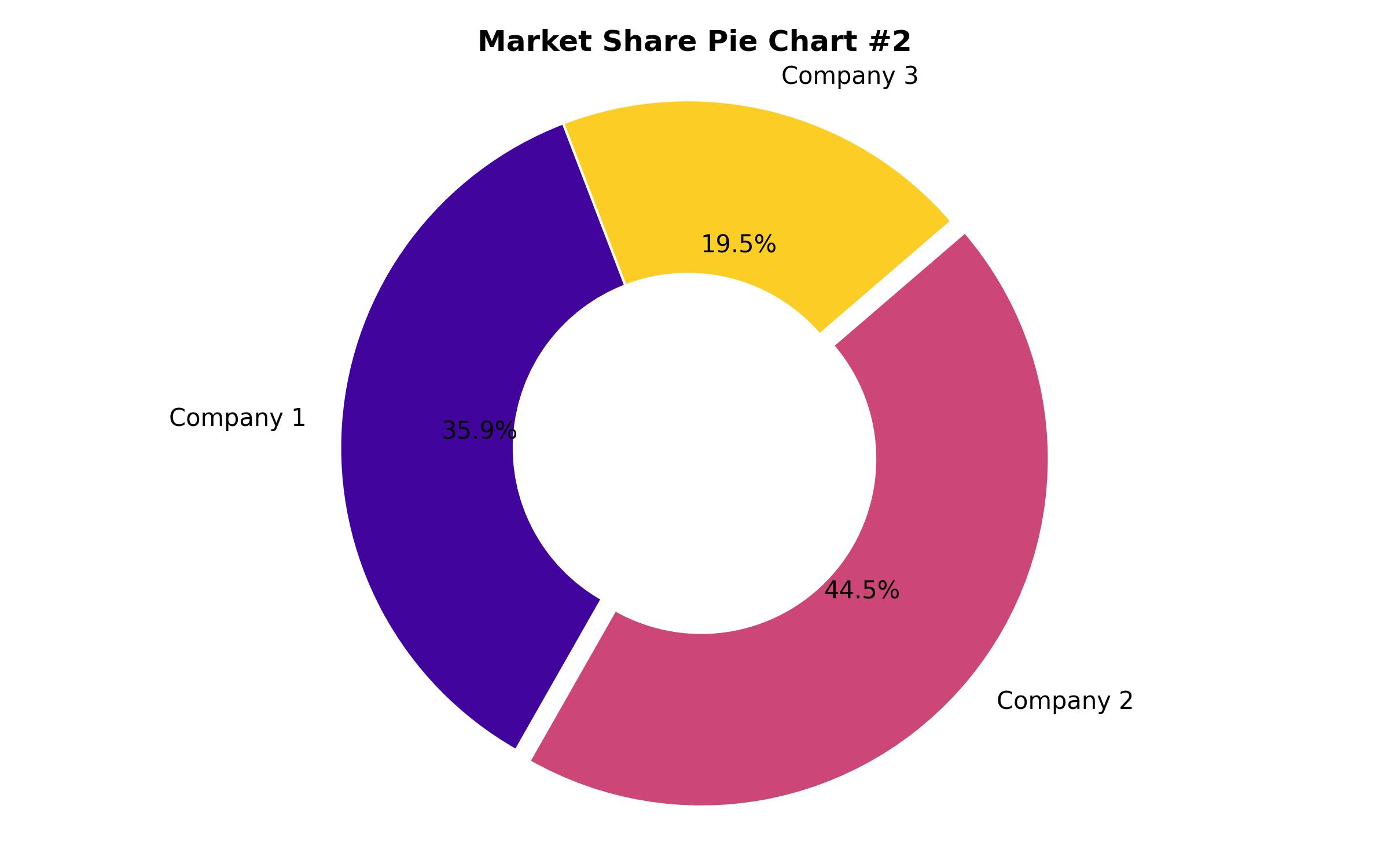Assessment of the Fabric Stain Remover Market in Western Europe: Market Dimensions, Distribution, and Forward-Looking Trends for 2025 to 2035
Overview:
The Western European fabric stain remover market is expected to achieve a market valuation of USD 1.8 billion in 2025. Projections indicate a consistent growth trajectory at a compound annual growth rate (CAGR) of 2.9% throughout the forecast period, leading to an anticipated market size of USD 2.5 billion by 2035. This expansion is significantly influenced by evolving consumer habits and an increasing awareness surrounding hygiene and environmentally conscious choices.
A key driver for this market’s growth is the escalating demand for cleaning products that offer both speed and ease of use. In contemporary, fast-paced lifestyles, consumers prioritize solutions that streamline household tasks. Fabric stain removers, providing effective and straightforward stain eradication, have become essential in many homes. This is particularly true for households with children or pets, where fabric stains are a more frequent occurrence, thus sustaining product demand.
The heightened focus on cleanliness and sanitation, partly fueled by the recent global health crisis, is another significant factor contributing to the market’s upward trend. As individuals become more mindful of health and hygiene, the maintenance of fabric cleanliness has gained prominence. Stain removers serve to not only address visible blemishes but also contribute to fabric hygiene by aiding in the removal of potentially harmful elements and odors.
This increased health consciousness extends beyond addressing immediate stains to a broader desire for textiles that are fresh and sanitized, particularly for everyday clothing and bedding. Furthermore, there is a noticeable trend towards the adoption of cleaning products that are both sustainable and gentle on the environment.
Consumers across Western Europe are demonstrating a stronger preference for fabric stain removers formulated with biodegradable components and packaged in materials that can be easily recycled. This move towards sustainability within the realm of household products is prompting manufacturers to innovate and offer solutions that align with the preferences of environmentally aware consumers, consequently broadening the market’s reach.
Many of these products are leveraging natural, plant-derived constituents that are perceived as safer for both the user and the ecological system. As sustainability continues to be a major influence on purchasing decisions, there is a growing appetite in the market for fabric stain removers that have minimal ecological impact.
Market dynamics also reveal variations in consumer preferences across different end-use categories. Within the household sector, primary considerations include product efficacy, user convenience, and environmental impact. Consumers highly value products that can quickly and effectively eliminate various types of stains, such as food, dirt, and grease.
Environmentally focused consumers actively seek out stain removers featuring biodegradable formulas, non-toxic ingredients, and packaging designed for recycling. User-friendliness and product scent are also important attributes, with consumers often favoring formats like sprays or gels that facilitate easy application.
For commercial and industrial applications, factors like cost-effectiveness, availability in larger volumes, and consistent performance are the predominant criteria for purchasing decisions. Businesses such as hotels, laundry services, and large-scale textile care providers require products capable of handling robust stains effectively while remaining economically viable.
Despite the focus on cost and performance, environmentally responsible formulations are also gaining traction in these sectors, particularly among businesses dedicated to sustainable practices. These industries seek stain removal products that deliver results without imposing significant environmental burdens, leading many to prefer products derived from sustainable and renewable resources.

| Report Attribute | Details |
|---|---|
| Market Valuation in 2025 | USD 1.8 billion |
| Projected Revenue for 2035 | USD 2.5 billion |
| Anticipated Growth Rate (CAGR) | 2.9% from 2025 to 2035 |
| Base Year for Analysis | 2024 |
| Historical Market Data | 2019 – 2024 |
| Forecast Period | 2025 – 2035 |
| Quantitative Measurement Units | Revenue in USD million/billion and CAGR from 2025 to 2035 |
| Report Inclusions | Revenue estimates, market share of key companies, competitive environment insights, growth stimulants, and prevailing trends |
| Market Segmentation | Product, Price Range, End Use, Sales Channel, and Country |
| Geographic Coverage | Western Europe |
| Key Countries Examined | Germany, UK, France, Italy, Spain, Netherlands, Belgium, Switzerland, Austria, Norway, Sweden, Denmark |
| Leading Companies Profiled | The Procter & Gamble Company, Colgate-Palmolive Company, S.C. Johnson & Son Inc., Amway Corporation, Church & Dwight Co., Inc., AlEn USA LLC, Unilever PLC, Henkel Corporation, Reckitt Benckiser Group plc, Kao Corporation |
| Report Customization Availability | Up to 8 analyst working days of complimentary customization upon purchase. Changes can be made to country, regional, and segment scope. |
| Pricing and Acquisition Options | Flexible purchase models to suit distinct market research requirements. |

Report Coverage & Deliverables
- Market Trends And Dynamics
- Competitve Benchmarking
- Historical data and forecasts
- Value/Volume analysis
- Company revenue shares and key strategies
- Regional opportunities
This is an indicative segmentation. Please request a sample report to see detail segmentation of this market.
Detailed Market Segmentation
- By Product
- Liquids
- Powders
- Gels
- Wipes
- By Price Range
- Economy
- Mid-Range
- Premium
- By End Use
- Household
- Commercial
- Industrial
- By Sales Channel
- Supermarkets/Hypermarkets
- Convenience Stores
- Online Retail
- Specialty Stores
- Direct Sales
- By Country
- Germany
- United Kingdom
- France
- Italy
- Spain
- Netherlands
- Belgium
- Switzerland
- Austria
- Norway
- Sweden
- Denmark
Table of Content
- Executive Summary
- Market Introduction
- Market Overview
- Key Market Trends
- Market Demand Analysis 2019 to 2024 and Forecast, 2025 to 2035
- Pricing Analysis
- Market Size (in Value in USD) Analysis 2019 to 2024 and Forecast 2025 to 2035
- Market Dynamics
- Key Success Factors
- Market Analysis 2019 to 2024 and Forecast 2025 to 2035, By Product
- Market Analysis 2019 to 2024 and Forecast 2025 to 2035, By Price Range
- Market Analysis 2019 to 2024 and Forecast 2025 to 2035, By End Use
- Market Analysis 2019 to 2024 and Forecast 2025 to 2035, By Sales Channel
- Western Europe Market Analysis 2019 to 2024 and Forecast 2025 to 2035, By Country
- Germany Market Analysis 2019 to 2024 and Forecast 2025 to 2035
- United Kingdom Market Analysis 2019 to 2024 and Forecast 2025 to 2035
- France Market Analysis 2019 to 2024 and Forecast 2025 to 2035
- Italy Market Analysis 2019 to 2024 and Forecast 2025 to 2035
- Spain Market Analysis 2019 to 2024 and Forecast 2025 to 2035
- Netherlands Market Analysis 2019 to 2024 and Forecast 2025 to 2035
- Belgium Market Analysis 2019 to 2024 and Forecast 2025 to 2035
- Switzerland Market Analysis 2019 to 2024 and Forecast 2025 to 2035
- Austria Market Analysis 2019 to 2024 and Forecast 2025 to 2035
- Norway Market Analysis 2019 to 2024 and Forecast 2025 to 2035
- Sweden Market Analysis 2019 to 2024 and Forecast 2025 to 2035
- Denmark Market Analysis 2019 to 2024 and Forecast 2025 to 2035
- Competition Analysis
- Assumptions and Acronyms
- Research Methodology
